Chateau d'If: the prison fortress of the “romanic” image
Castle If. View in sunny weather.
View of the castle at sunset
This novel soon became one of perhaps the most popular works of French literature, therefore, as soon as 1890 was opened for visitors, the flow of tourists from all over the world immediately went there. To be in Marseilles and not to visit the castle of If? Do you yourself imagine how this? Why then go there at all ?!
Naturally, the city authorities "responded" to the cultural requests of both their own and foreign citizens and opened a museum in the castle. They began to conduct tours of the chambers, opened a brisk souvenir trade, and in the open area of the castle equipped a cafe with a beautiful view of Marseille.
View of the castle from the side of Marseille.
Following the popular slogan “everything is for you for your money”, on the first floor of the If castle, to the delight of tourists, the “Edmond Dantes chamber” was opened, in which, according to the idea of the great Dumas, Edmon Dantès spent entire 14 years. Moreover, the chamber of Dantes, as in the novel, is connected by a manhole to the semi-basement room without windows, which served as the camera to Abbe Faria. It has a TV set that constantly shows the scene of the meeting between Dantes and Faria from various screen versions (and they were filmed, well, just a lot in different years) of this novel.
Model of the fortifications of the castle of If’s in his museum.
Figure of island fortifications in 1641 year.
Interestingly, on the second floor of the castle there is a chamber in which the mysterious prisoner Iron Mask was allegedly kept, although according to the novel of the same Dumas, the island of St. Marguerite became the last prisoner. On this occasion, the French historian Alain Decaux once said that "The popularity of the Chateau d'If is exceptionally high thanks to two prisoners: the Iron Mask, which never was there, and Edmon Dantès, who never existed."
The entrance to the castle itself.
However, the fortress on the dazzling white island in the middle of the bay is interesting not only by this brilliant fiction. It has its own, "serf", and also very, very interesting history. To begin with, the natural geographical location of this small island with an area of just under 30 000 square meters was very advantageous. Even during the Middle Ages, the city of Marseille with enviable regularity was attacked from the sea, well, a small island of If became the ideal place where pirates, conquerors and robbers could take a break before the "case" or fear no one to share the loot. The island of If was also described by Gaius Julius Caesar himself, and Caesar described him as a small island “on which a different rabble was constantly gathered.”
The courtyard of the castle with a well.
So that the “rabble” was not there, King Francis I decided to build an impregnable fortress on it in 1516, which could protect Marseille from attacks from the sea. The beginning of the work falls on 1524 year, well, the whole order of the monarch managed to execute only seven years later. So already in 1531, on the island of If, there was a fortress of the most intimidating form. And the fact that the castle’s view was indeed “intimidating” is proved by the fact that even such a great commander as Charles V did not dare to storm Marcel, knowing that the entrance to his harbor was guarded by the castle of If.
The entrances to the upper chamber.
Yes, yes, the castle of If, in fact, was never attacked! Meanwhile, the fortress built on the island more played the role of “scarecrow” for the enemies of Marseille, than it was a real “combat unit”. The fact is that they built it hastily and in violation of all the rules of the then military architecture. According to one of the most respected military engineers of the time, namely Vauban himself, this fortress, although it was an impressive structure, was of extremely dubious value. Its walls were made of local fragile stone, the garrison was placed small, so, in his opinion, it could be taken in just a few hours or even simply destroyed by cannon shots.
One of the fortress towers.
They listened to Vauban’s words, but did not rebuild the fortress, but in 1582, they turned it into a prison. There was sent a certain chevalier Anselm, accused of conspiracy against the king. He did not suffer for long there: soon, according to the surviving documents, he was found dead in a cell and, according to the official version, he died of suffocation. That's just he did it himself or who helped him, and remains an unexplained mystery.
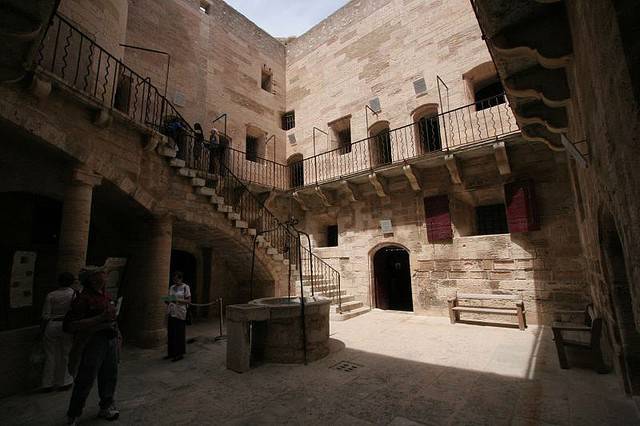
The entrance to the dungeon.
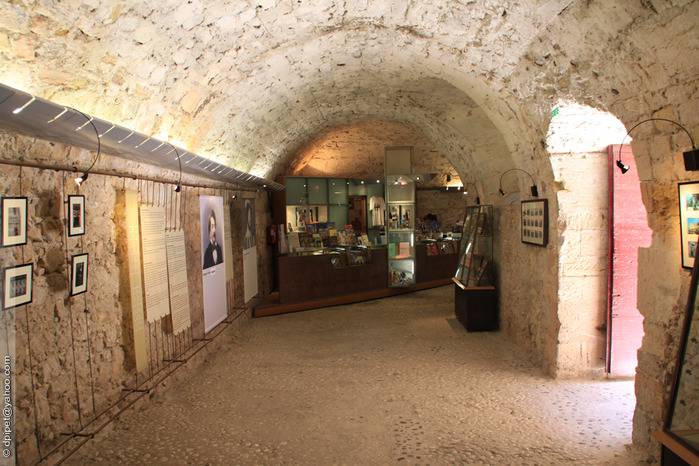
The premises of the museum.
After the abolition of the famous edict of Nantes in the castle of If, they began to plant Protestants, who at that time were considered by the state to be their most bitter enemies. There is evidence that over the 200 years, more than 3500 Huguenots “visited” the castle, most of whom died there due to the terrible conditions of their detention. So the castle of If became the most terrible prison of the Old World, and soon they began to talk about him not only in France, but also far beyond its borders.
Camera Edmond Danthes.
Although the castle did not possess fortifications, it turned out that it was just what was needed as a prison. The fact is that most of the internal premises there were cut down right in the rocky base of the island, and only a few structures were built on the surface. The coast of the island was surrounded by sharp stones, so jumping from the cliffs into the sea, and then it was almost impossible for a fugitive prisoner to reach Marseille. Moreover, in its coastal zone there are strongest currents that even a physically strong swimmer, not to mention prisoners exhausted in the castle walls, cannot cope with.
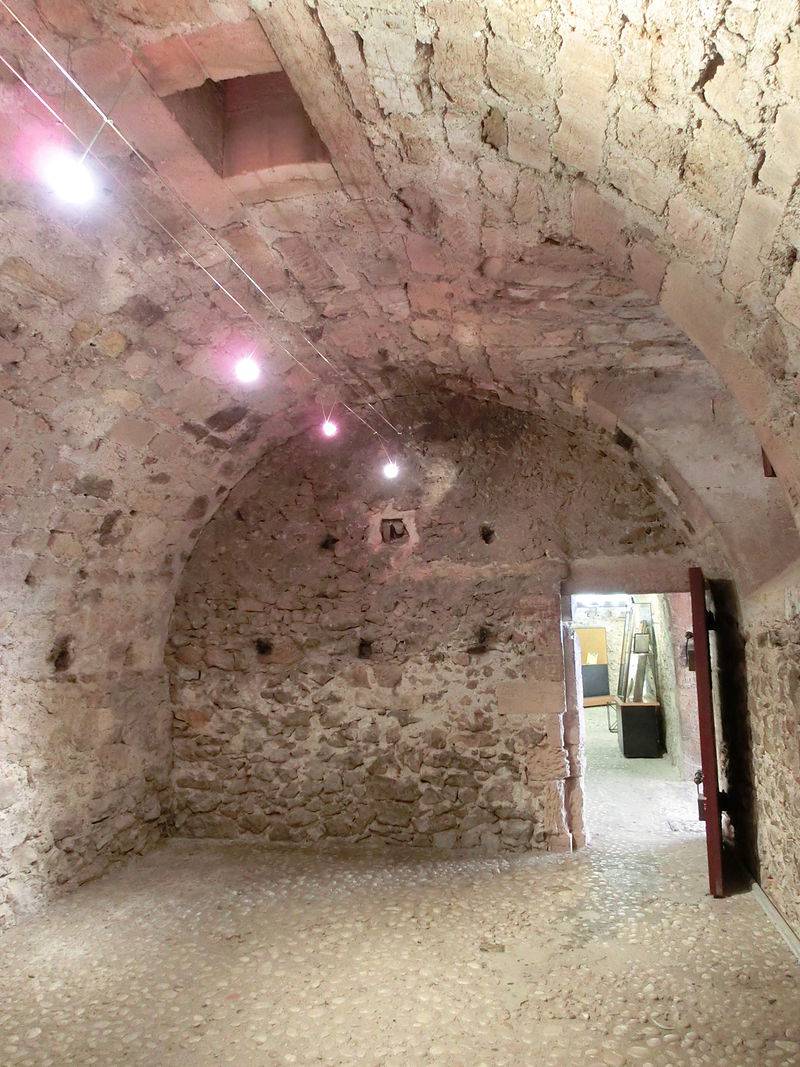
Inside view of Edmond Dantes' camera.
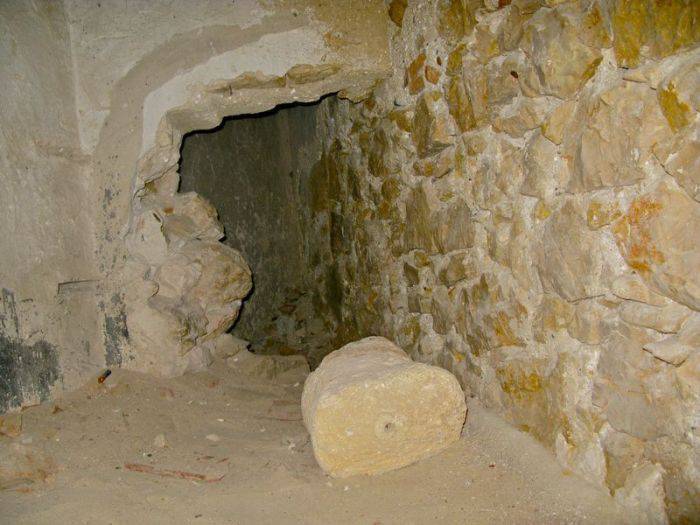
Laz in the camera of the abbot Faria also has ...
Perhaps that is why, since 1580, the Chateau Ife has become the place of imprisonment for many truly famous people of his time: politicians, noblemen and military leaders. They contained, for example, Count Mirabeau, now laid to rest in the walls of the Pantheon, and ... Jean-Baptiste Chateau - the captain of a large sailing vessel, accused of having brought plague to Marseille in 1720 that caused the death of many city dwellers.
It is clear that at that time the famous captain did not know anything about germs and plague fleas, and therefore could not have thought that he was taking such a terrible disease to his hometown, but was nevertheless condemned to imprisonment in the castle of If. General Kléber, one of the ideological inspirers of the Great French Revolution, was also contained in the Château d'If, but already ... dead! He was taken to the place of his imprisonment already dead, but his coffin continued to be in the dungeon of the island for 17 (!) Years.
View of Marseille.
In addition to political prisoners and Protestants, the castle actually contained the most dangerous criminals - maniacs, poisoners, fighters and female killers. Usually, all this “rabble” was kept in the “pit” - this was the name of the lower chambers of the castle. These cells had no windows, no ventilation, and were not even lit with torches. One can only try to imagine what the person who was there 10 had felt for years. And they could put there not only for robbery, but also for a less terrible crime: it depended on the state of the "villain" wallet.
If his relatives had money, they could send him to the upper chamber, from the windows of which the sea could be seen and the sound of the surf could be heard. Well, and if they didn’t have the money, they let him down to the “lower floors,” the only way out of which was death. Moreover, the bodies of the deceased prisoners were really thrown from the rocks of the island into the sea, and the coarse fabric really served them as a mortal shroud — everything, as described in Dumas’s novel, and he described this terrible ritual that took place in the If’s castle almost every day. in detail is what literary skill is!
View of the island from Marseille.
Officially, the prison in the castle of If was closed in the middle of the 1830's. After 40, for years, it was again “relaxed” and members of the Paris Commune were sent there. And one of its leaders and ideologists Gaston Cremieu was shot right here on the island. And this, fortunately, was the last victim of the castle of If. Well, already in 1926, the castle was given the status of an architectural monument, so its gloomy past was finished now forever!
Pier on the island.
Today, it’s not difficult to see the island for tourists: in the summer, every 20 minutes from the “Old Port” in Marseille, a boat goes there, but in the winter you have to wait an hour for 1,5. A trip to the If castle is paid, but the ticket price is only 10 euros, that is, by European standards, this is pennies. You can go there as part of one of the tourist groups, and you can negotiate with the carrier and privately, and even with a Russian-speaking guide, but only for the corresponding cost.
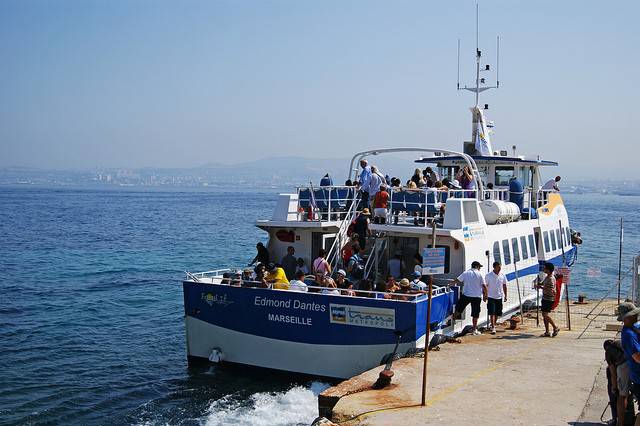
Tourist boat.
On the island itself, you can sunbathe and swim in the waters of the Mediterranean Sea, but in summer this small island is usually crowded with people, so that it can be even closer on the coves near the water than on the beaches of Anapa!
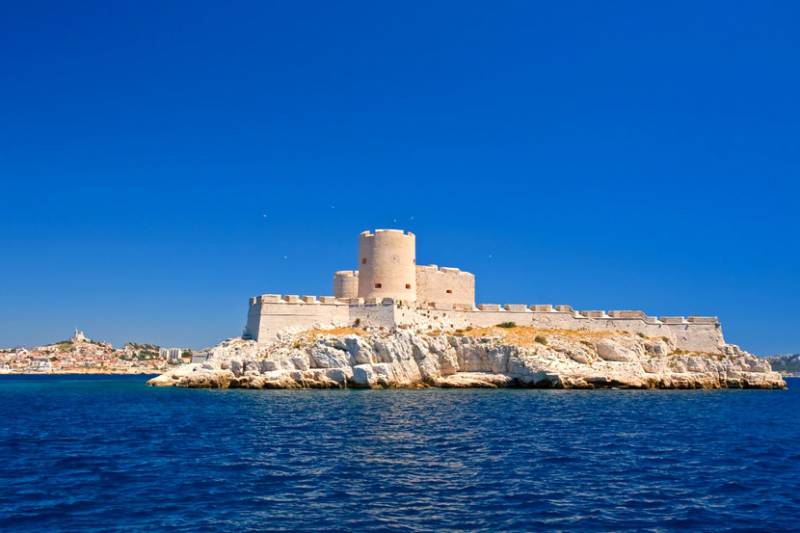
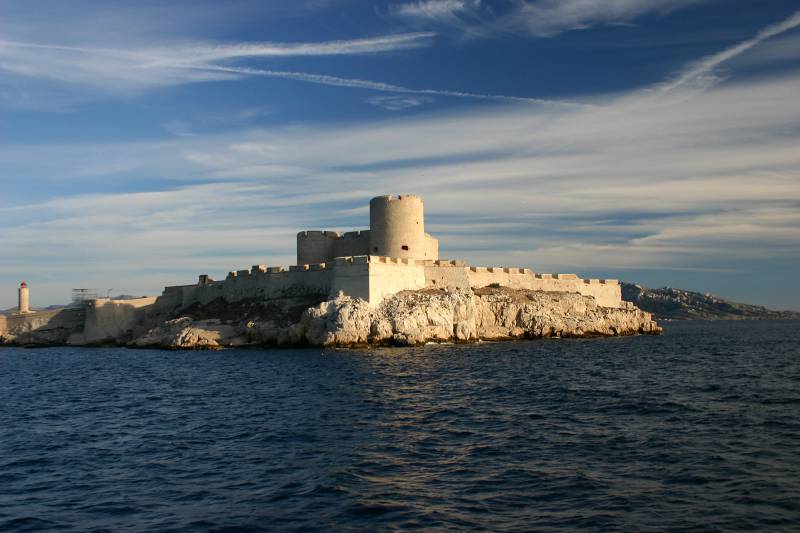
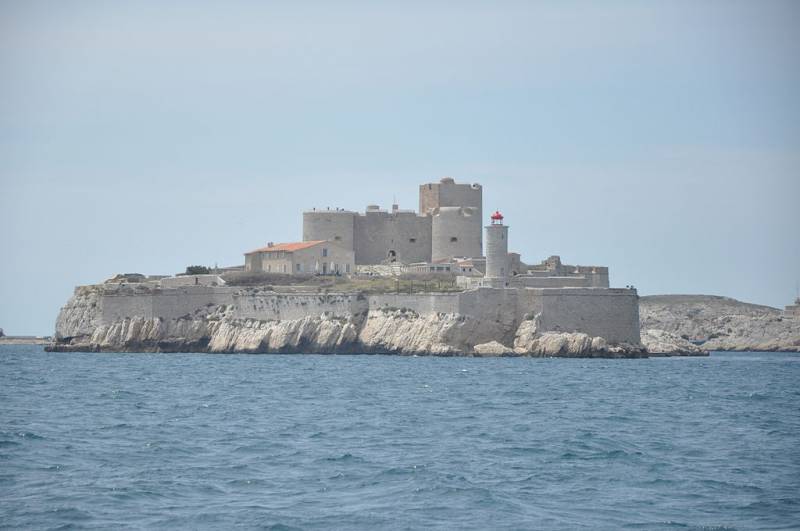
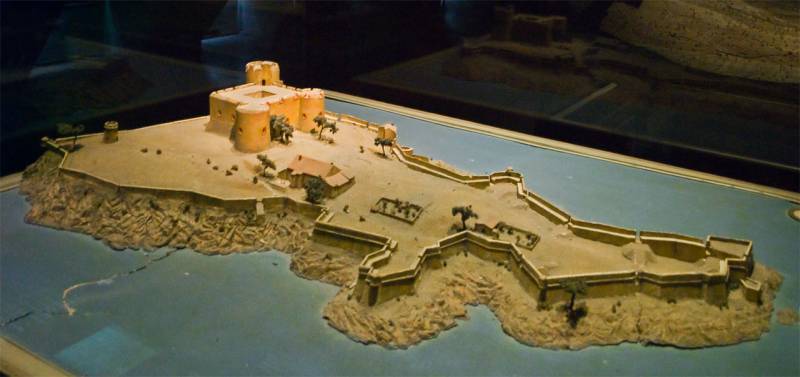
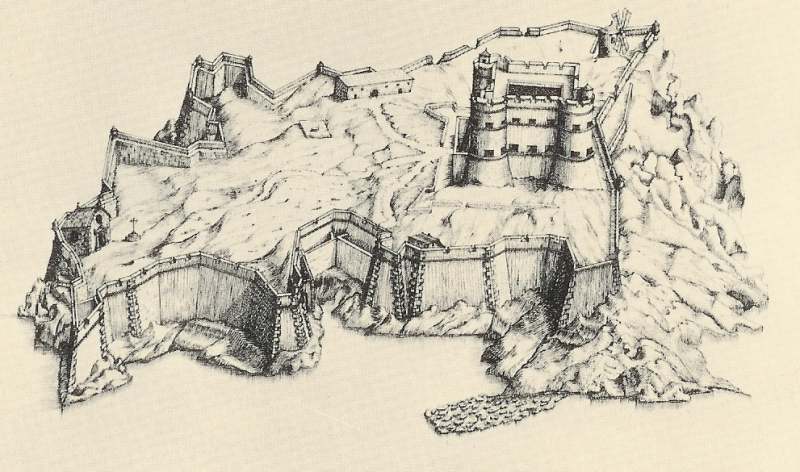
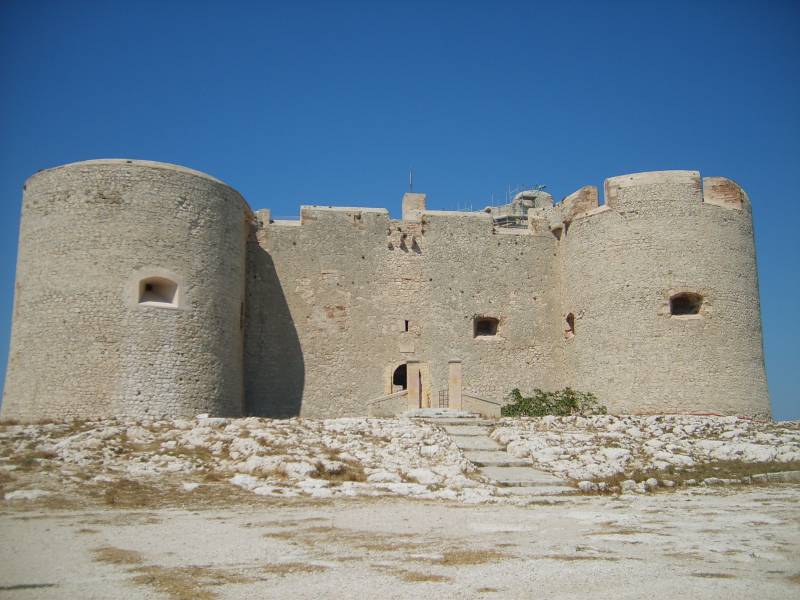
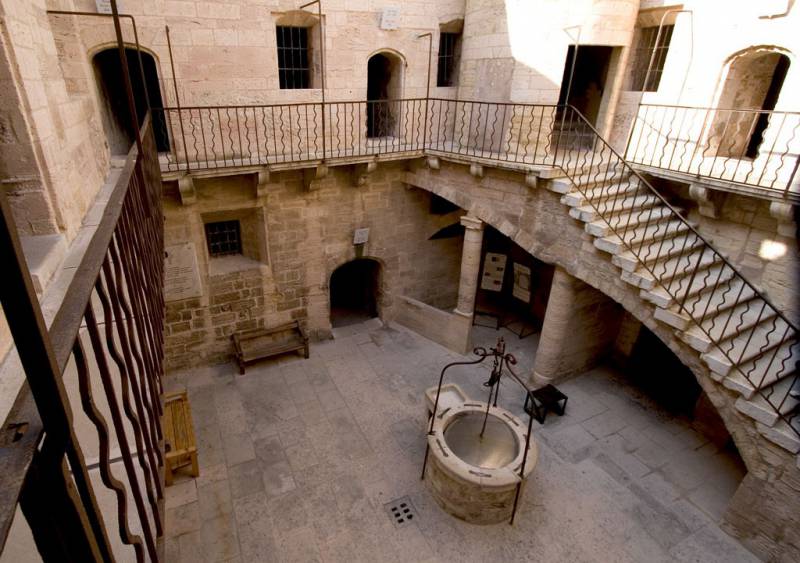
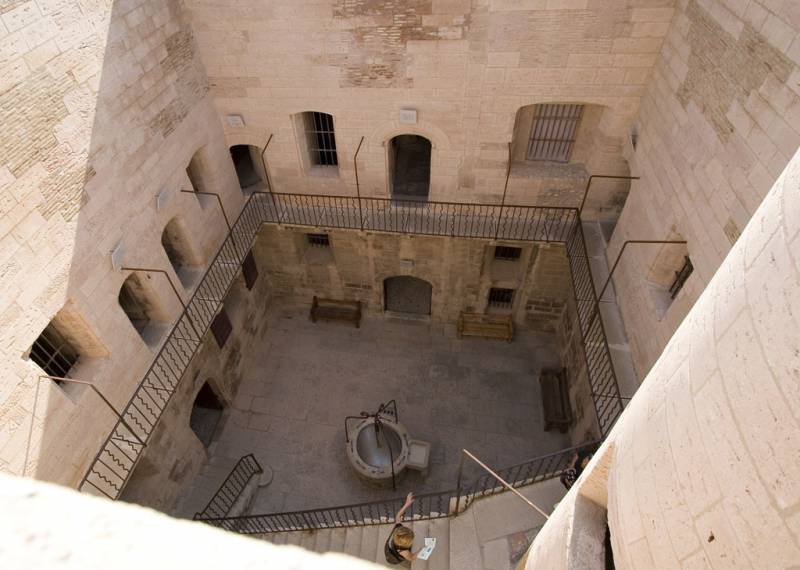
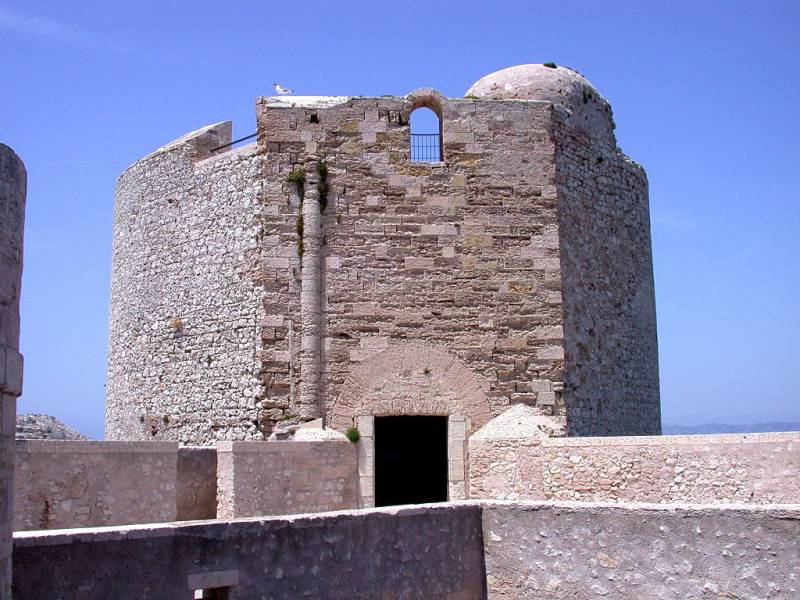
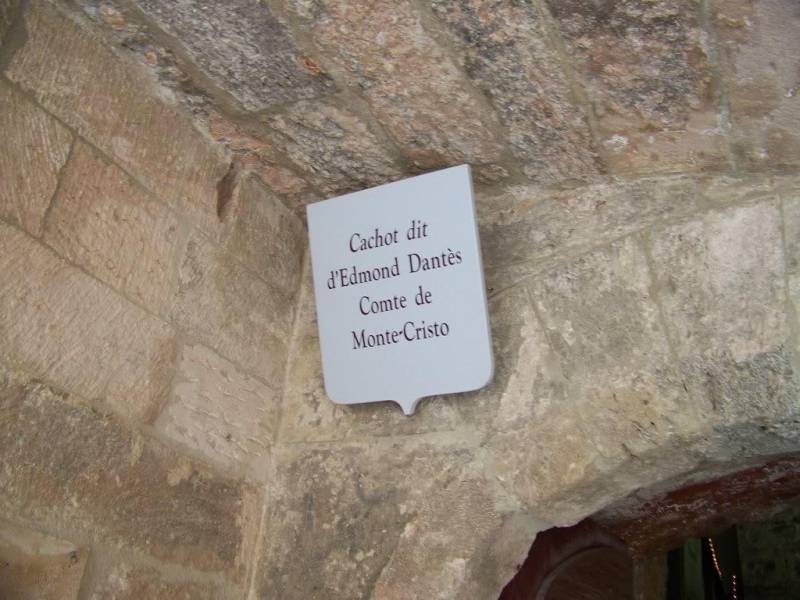
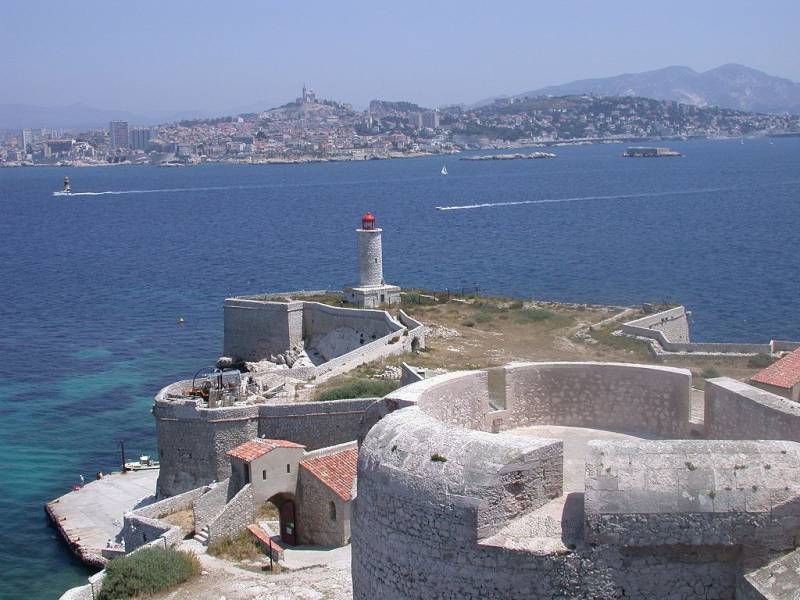
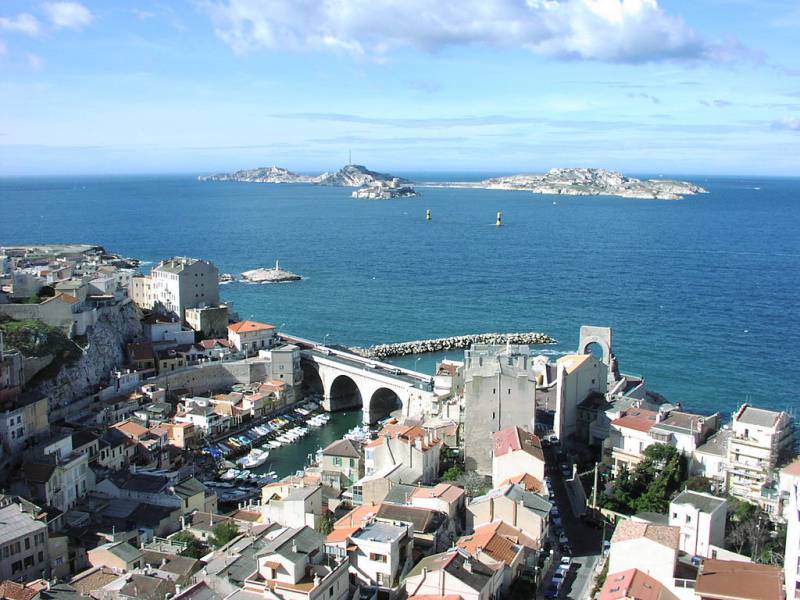

Information